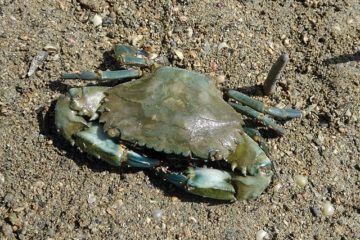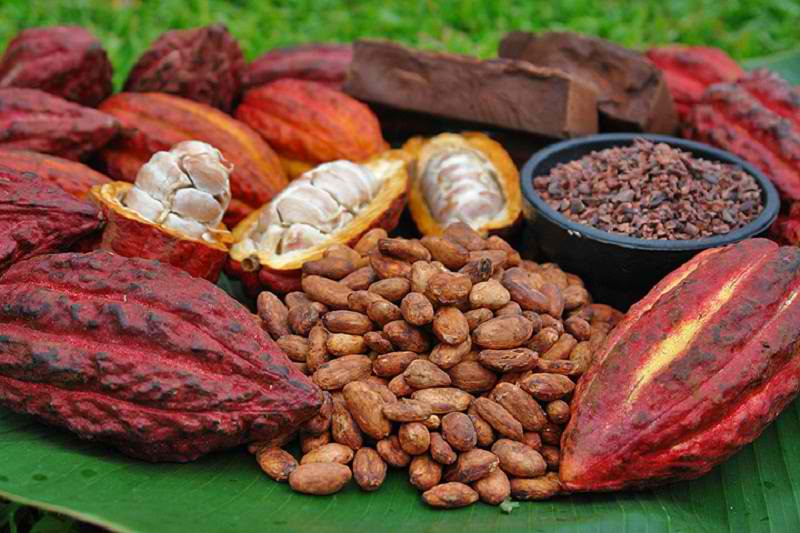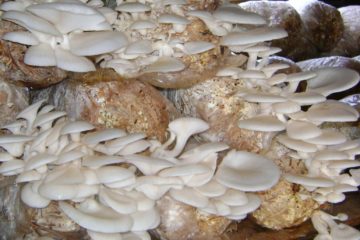INTEGRATED R & D FOR RAINFED AROMATIC RICE IN CENTRAL LUZON
Quirino D. Dela Cruz , Mario B. Agustin, Nenita E. dela Cruz, Charlito R. Juico, Fe L. Porciuncula, Jonathan L. Galindez, Jocelyn A. Nicolas, Rogelio R. Nicolas, Melchor P. Pascua, Armando N. Espino Jr., Marvin M. Cinense, Marvin S. Estimada, and Veronica A. Cinense
Abstract
The project consisted of three major components with main considerations on the development production system for Aromatic in the agroclimatic conditions in rainfed and partially irrigated upland area.
Four promising varieties were tested for their adaptability under organic and conventional farming in rainfed condition. Two varieties, CL 41 and JM2 were found suitable in Aurora and Nueva Ecija with the application of 10 tons/hectare solid organic fertilizer supplemented with foliar fertilizers with composition of fish amino acid, soybean, carabao manure and banana extract. CL3 yielded 2.3tons/ha while JM2 yielded 2.5 tons/ha, respectively. Technoguide for organic fertilizer management was prepared.
Under rainfed conventional system, CL-2 for Nueva Ecija and JM2 in Maria Aurora were found to be adopted with yield of 2.7 and 3.4 t/ha, respectively.
Organic fertilizer management system and organic based system were established which gave a high yield of 3.89 and 3.66 t/ha, respectively during wet season with net returns of P40,657 and P35,494 per hectare, respectively.
The response of selected aromatic varieties to rainfed environment and alternate wetting and drying (AWD) technology indicates significant increase in irrigation amount by 15.6-23.2% compared to purely rainfed condition. Implementation of AWD irrigation technology in aromatic rice did not have significant effect on yield. Varieties JM2 and CL1 were found better than CL2.
Profitable cropping pattern for rice-based under conventional and organic based system were identified such as rice-grain corn, rice-soybean and rice-peanut. Further verification of these three cropping pattern showed that grain corn planted after rice using complete tillage registered the highest net income of P 106,825 when used as seed with an ROI of 1.36. Soybean on the other hand when grown after rice produced a net income of P 65,572 with an ROI of 1.49 higher than corn and peanut. Market availability is however, a deciding factor to be considered in selecting a particular crop to be grown after rice.
Pure seeds of different aromatic rice were produced, maintained as well as multiplied for commercialization. These are CL1, CL2, CL3 and JM2. Seeds of these varieties are stored in cold storage and are available for growers.
Aromatic production technology was assessed to be profitable in two varieties JM2 and CL3 to be socially acceptable, technically feasible and financially viable. One of the identified problems, gap, and constraints in rainfed area both organic and conventional system points to be variable yield, high cost of production and uncertainty of weather. Developed technologies including profitable cropping systems must be promoted to enhance productivity in rainfed areas.
Keywords: Aromatic rice, rainfed, alternate wetting and drying (AWD), cropping systems


